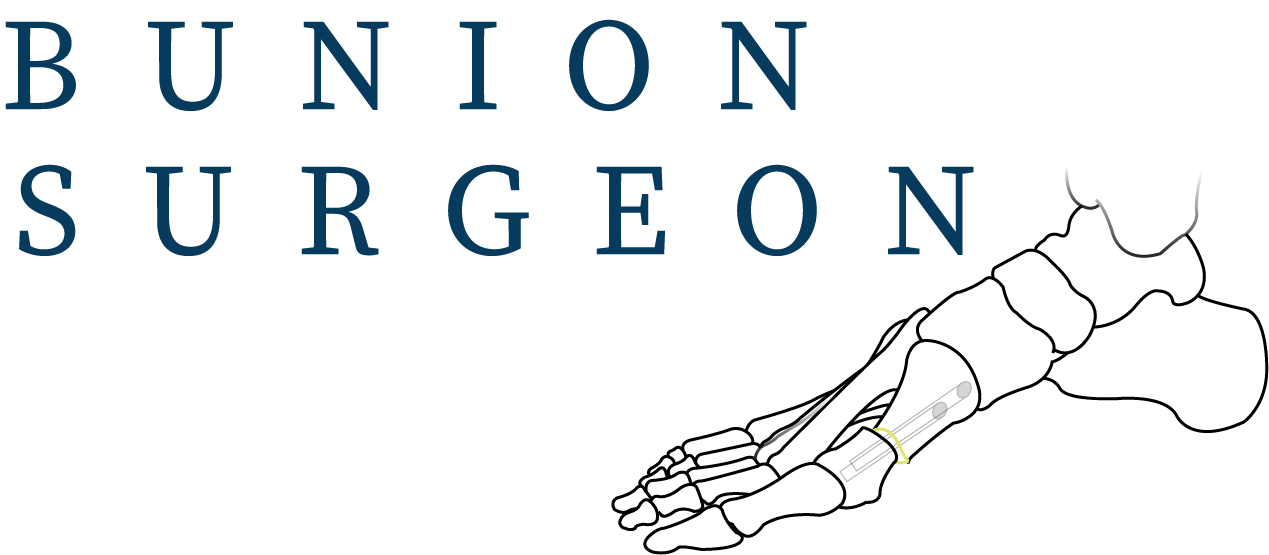

Navigating Through Big Toe Surgery and Recovery- Things You Ought to Know
Date published: 2023-12-13
Big toe surgery can be daunting for even the most daring at heart. However, surgery is often considered the last option. It depends on the foot and ankle surgeon who would consider whether it is essential for your condition to alleviate pain, improve mobility, and correct deformities. Irrespective of which procedure your specialist decides, whether bunion correction, cheilectomy procedure or toe fusion, it is significant to understand the procedure.
Step one- Consultancy and Pre-Surgery Preparation
The initial step towards starting the journey of big toe surgery begins with consulting a podiatric surgeon or orthopaedic surgeon. At the time of this consultation, your condition will be evaluated by your specialist. They will discuss the symptoms and suggest the surgical procedure appropriate for the condition you are in. X-rays will be carried out to assess your specific big toe issue.
It is important to find a surgeon who you feel comfortable with, who has fully explained the surgery and will be available for your recovery.
Step two- Surgery
This stage begins at the surgical facility after you get admitted. At the care unit, you will be prepared for the procedure by the medical staff. The time taken to complete the surgical procedure differs. It will depend on the kind of procedure administered, and how critical or complex it is. The common big toe surgeries are bunionectomy, replacement, realignment, and joint fusion. Here anaesthesia is used so that you do not experience pain.
Step three- Immediate post-surgery period
The initial period following the surgery is quite crucial. You might experience some pain or discomfort. A splint, cast, or bandage can help immobilize your foot to protect the site of operation. You must be careful in following the post-operative instructions of the surgeon.
Step four- Early recovery
The first few weeks after surgery are significant for your healing. You may be asked to use a walker or crutches if needed. It will help to get around and keep weight off the foot. Keep an eye on the area of surgery, especially for signs of infection such as redness, discharge, or swelling.
Step five- Mid to late recovery
While recovering, you will gradually transition to activities where your operated foot can bear some more weight. You could switch to using a specially designed shoe or walking boot from crutches, or possibly move in to trainers, depending on which surgery you have undergone. Follow-up check-ups with your surgeon will be the norm to monitor your progress.
Step six-Full recovery
The time for complete recovery will depend on various individual factors and the kind of surgery done in your case. In some cases, it might take a few months for the swelling to subside and for you to resume using your big toe. Be patient in such situations.
Conclusion
The journey of big toe surgery and recovering from it can take a few weeks to get back to full mobility. At the end of it, you will have better foot health.
If you would like more information, or would like to schedule a consultation, contact our team on:
Tel: 0207 820 8007 | Email: admin@bunionsurgeon.co.uk | Address: 17 Harley Street, London, W1G 9QH
Alternatively you can view availability and book online.